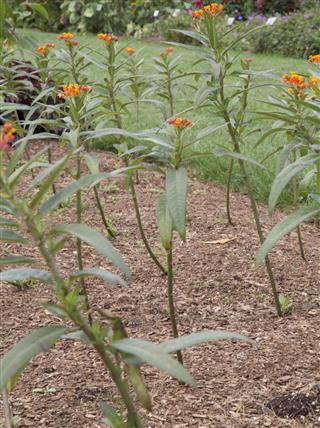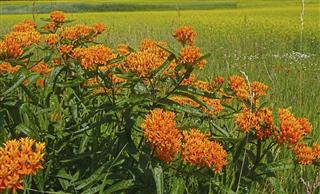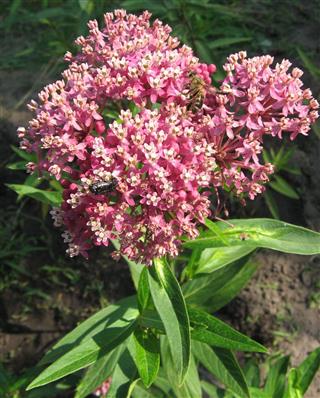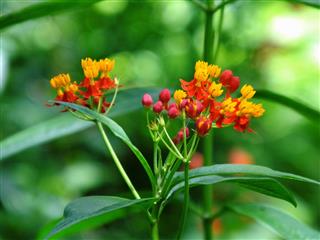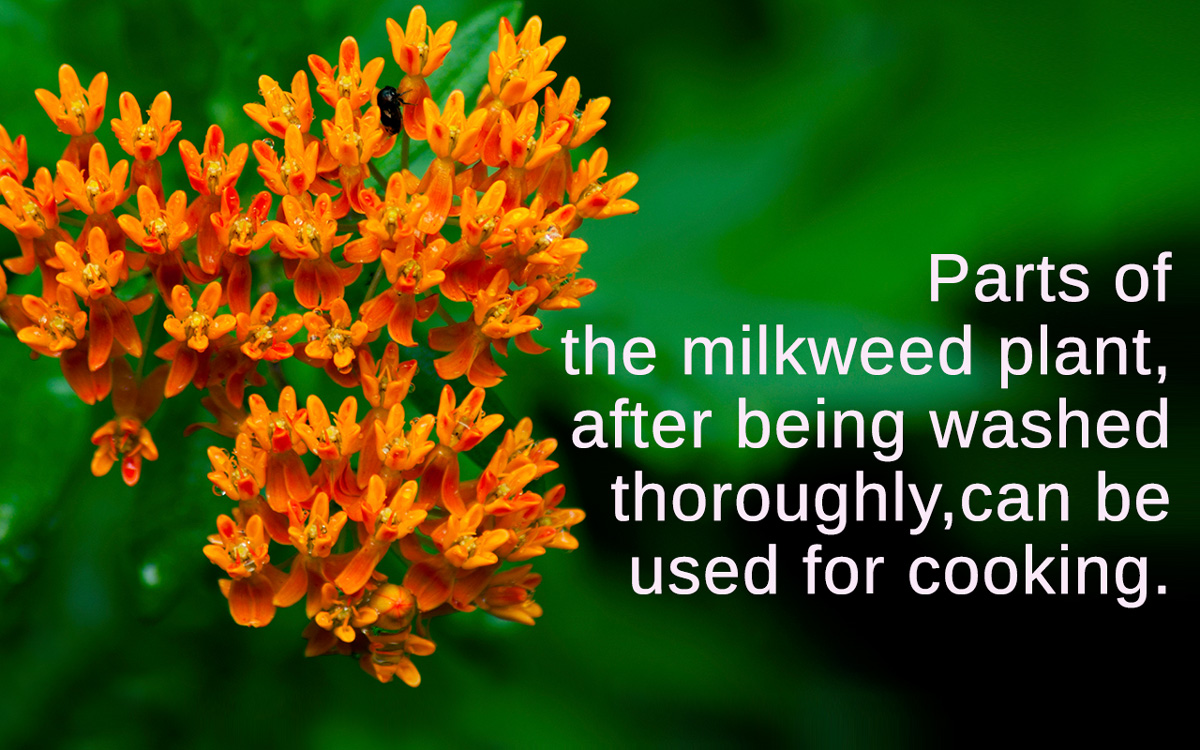
The milkweed plant gets its name because when cut, it gives out a white liquid that looks like milk. The following article will tell you a little more about the other interesting facts of the milkweed plant.
The milkweed plant is commonly found along the roadsides, in fields and meadows of North America. It heralds the beginning of summer. The plant is a perennial plant and has several benefits. This plant belongs to the Asclepias Genus family of plants. There are typically four species of the plant that belong to the milkweed family. These are – Tropical Milkweed, Swamp Milkweed, Common Milkweed and Butterfly Milkweed. Let us look at some of the other things about this plant.
Facts
This plant acts a host to several creatures like moths, bees and butterflies who live on the nectar that is secreted by the plant. Here are some other facts about this plant.
Physical Attributes
The milkweed can be anywhere between 2 – 6 feet in height. It comprises a single stem, and has oval shaped leaves which have a smoother surface on the top of the leaf and a lower surface that is more hairy and full of fibers. The milkweed blooms flowers in bunches which can range from colors like pink to lavender. These flowers develop into seed pods which are shaped like tear drops.
When these pods mature, they split open and release several seeds from the pods. The unique part about these seeds is that they have a tuft of fluff attached to one end. This makes them super-light and it becomes easier to fly with the wind. These then fall to the ground and take shoots to become new plants. All parts of the plant will secrete a milky fluid or sap when bruised, and that is how it gets its name.
Adaptation and Survival
This plant grows in soils that are sandy, rocky and have clay. It might appear in meadows, fields or any other place that provides a little moisture for its survival. The milkweed plant adaptations, survival and pollination techniques are worth studying. The plant grows as a roadside plant and usually survives where no other plant can. The roots of the plant grow deep into the soil (about a foot) and cannot be easily pulled out. Even if they are, the plant tends to leave portions of the roots there, so that after a short period of time, the plant re-grows in the same spot again.
It also has the capacity of growing laterally and therefore new sprouts appear from time to time. Other than that, it ensures that the species is continued by pollination. The nectar of this plant is so sweet that it attracts a lot of insects to feed on it. When they do this, the pollen usually gets stuck to their feet and is thereby carried to the other plants for pollination. In order to survive, the plant produces a sap that is so bitter that herbivorous plants stay far away from it.
Milkweed and the Monarch
The monarch butterfly is mostly found on the milkweed plant because it requires the plant to survive – this plant therefore acts as the host of the monarch butterfly. The monarch butterfly lays its eggs on the underside of the leaves (which are stickier than the upper side), and when the larvae are born, they survive by feeding on the leaves of the plant. The leaves of this plant are toxic in nature, and therefore when the larvae eat it, they develop the same toxicity that helps them in preventing attacks from predators.
In the Flower Garden
Milkweed plants bring on a different life to any flower garden. For one, they bloom into bunches of colorful flowers and make their surroundings beautiful thus. Not only that, but these plants also help the eco-system in a very important way. The nectar that is produced by them benefits a lot of species. Several creatures like the honeybee, the milkweed bug and butterflies use the nectar of the plant. So also, the hummingbird is known to use the floss that is found in the milkweed seeds to build its nest.
Other Advantages
Other than the advantages that it renders to the different species of the animal and insect world, there are certain other advantages that it provides for humans as well.
They are as follows:
- Most parts of the plant can be used for cooking (after washing it carefully).
- The sap that is secreted by the plant is used for treating several conditions like flax, hemp, backaches, bee stings, ringworm and warts.
- It is also used as a contraceptive tool because it is believed that the plant can cause infertility.
- The floss that the seeds give off is used for stuffing soft toys.
- The fibers of the plant can be used to make several things like jackets, pillows and ropes.
The milkweed plant is truly a one of its kind plant – with the right balance of beauty and the qualities required for survival and growth. A very important part of the eco-system, the efforts to plant this shrub should be taken up as a deliberate attempt.
